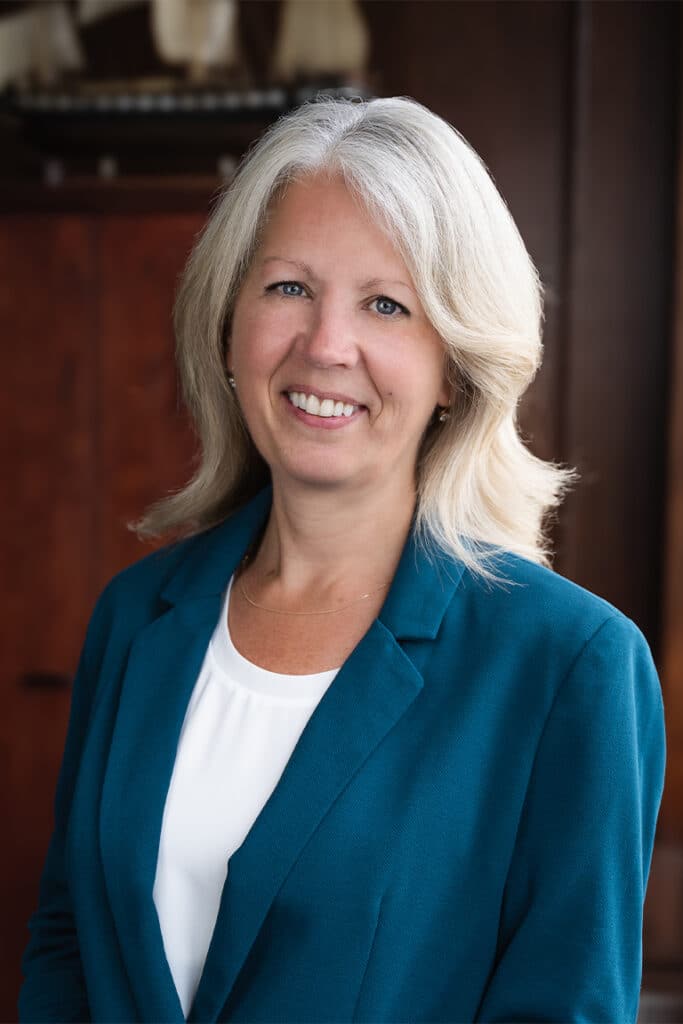
As the buildings take shape on the new sugar refinery on Hamilton’s port lands, project supervisors from HOPA Ports and its tenant customer SucroCan are monitoring the progress closely.
HOPA Ports is the federal entity which oversees port lands in Hamilton, Oshawa and Niagara.
“This is a big deal for us and our tenant SucroCan,” says Ian Hamilton, HOPA Ports’ President & CEO. “Our team prides itself on our ability to partner with our customer to stand-up a facility like this quickly and expertly.”
It is also a major gain for the burgeoning food processing sector in southern Ontario. When the $135+ million facility is complete it will be the largest sugar refinery in Canada, operated by SucroCan, a growing player in the North American sugar business. The new refinery will have the capacity to produce more than a million metric tonnes of refined sugar annually, supplying Ontario’s food and beverage manufacturing sector, which is the third largest in North America, generating manufacturing revenues of more than $48 billion and employing over 104,800 people.


The new sugar refinery is not the only new development in HOPA’s food processing cluster. In January, Canadian grain trader Parrish & Heimbecker announced it would be doubling the size of the flour mill it operates at the Port of Hamilton, and then in February, a new rail transload terminal specializing in food-grade liquids operated by Toronto Tank Lines (TTL) came into service at the port.
The SucroCan investment leverages Canada’s unique advantage in food processing because of the stiff US tariffs on sugar. It means Ontario food processors can use less expensive Canadian-refined sugar not only for domestic production, but also to export finished foods like
confectionery, bakery products and beverages at a competitive price advantage. The region is already home to recognizable grocery-shelf names like Mondelez, Canada Bread, Gay Lea, E.D. Smith and others.
Value-added food processors are also enticed by reliable access to key inputs like flour, malic acid, vegetable oil and other locally produced ingredients. Meanwhile, access to transportation assets that can get products to market cheaper and faster gives food manufacturers a
competitive edge. In addition to the port, Hamilton happens also to be home to Canada’s busiest overnight express cargo airport. “The advantage goes beyond the space to build, to include multimodal transportation infrastructure that can dramatically reduce supply chain costs,” said Hamilton.
Stir together all these ingredients, and the result is a food sector that is now a $1 billion business in Hamilton, and the city’s second largest manufacturing sector, second only to steel.
“More than 120 food and beverage manufacturers call Hamilton home,” said Norm Schleehahn, Director of Economic Development for the City of Hamilton. “Whether a firm is new to the region, or has been here for decades, they benefit from the growing network of supply chain resources and services. Both local and export markets are growing, so we expect the momentum to continue.”
Both SucroCan and Parrish & Heimbecker expect their new facilities to be in operation in 2025.







